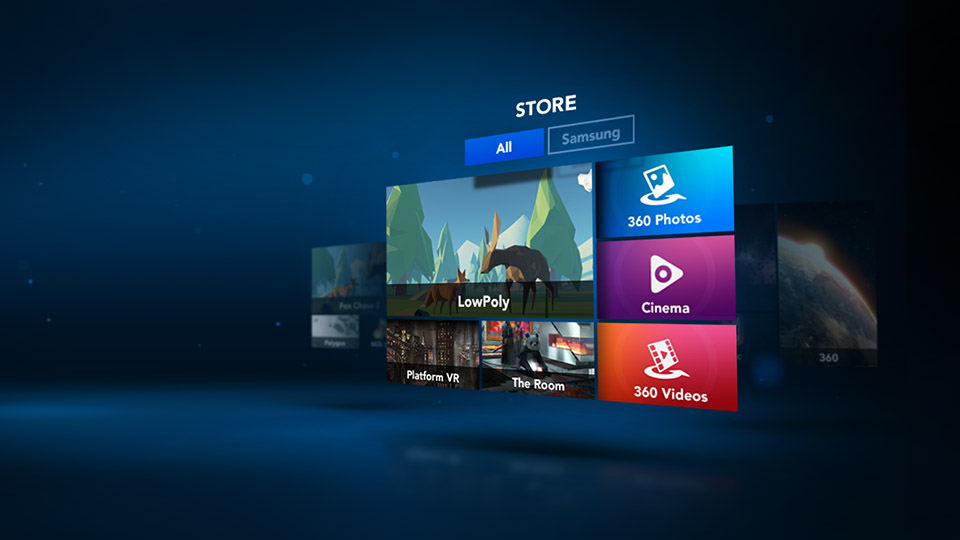Modeling Virtual Reality Headsets
Virtual reality headsets (VR) are gaining more popularity each day. These devices transfer their owners to any other place, whether it’s a distant Thailand or a space expanse. Let’s see how this is possible.
How VR headset works
VR headset allows you to experience the effect of full presence, their system is compatible with a smartphone, PC and with a game console. It can also be supplemented with other elements, for example, motion sensors. Inside the VR-headset or a helmet there are two lenses on which an adapted image is broadcast from an additional device. The glasses are equipped with a septum, so they transmit the image separately for each eye.
POSSIBILITIES OF VR-HEADSET:
- Play video games with full immersion;
- Watch movies and videos on your computer;
- view 3D photos;
- traveling in virtual reality.
TECHNICAL SETTINGS:
- setting the eyepiece and adjusting the distance to the screen of the smartphone;
- support for headphones;
- adjustment of the lens for the distance between the pupils;
- adjustment of the attachment to the head;
- adjustment of brightness and clarity.
EVOLUTION OF VR-HEADSET:
- Despite the fact that VR-headsets recently entered our life, the first development was started in 1968 by American scientist Ivan Sutherland. Hovewer, their quality was poor. The design of the first headset was very different from the modern one: it was very cumbersome and fastened to the ceiling.
- Active development and loss of relevance. In the early 90’s, the development of virtual headset was considered to be potentially profitable. At that time, VR-models were created for the SegaMegaDrive console. But closer to the two-thousandth the development was suspended and briefly forgotten.
- Renewal of developments. After a long pause in the development of VR-headsets and helmets, in 2012 they started talking about their relevance. The impetus was the development of engineers Carmack and Lucky. Lucky, an avid fan of VR-products, in 2011 created new VR-headset. Then, along with a business partner, Lucky developed the Oculus Rift glasses.

INDUSTRIAL DESIGN OF VIRTUAL REALITY HEADSETS
1. VR-helmet. The standard model is made of the plastic and has, lenses, display, gyro, and fixation straps. Such a helmet is worn on the head and synchronized with the computer. There are lenses In the case, behind them is a display that is divided in two. You can find a headset model, in which two displays are used. In order for the device to respond to head turns, it integrates a gyro and sensors that follow the movements of the head. The received data is transferred to the PC using USB or HDMI cables.

2. VR-glasses for the phone. In this case, the smartphone performs the functions of a gyro and a display. The glasses themselves consist of a body and lenses. You can find universal glasses, suitable for all smartphones and adapted to specific brands.
Today, most of the headsets support smartphones 4.5 to 6.4 inches. The most suitable is the diagonal in the range of 5-5.7 inches, with it wider viewing angle and a stronger effect of full immersion. The optimal screen resolution is 2560×1440 and above. Points that work on the basis of smartphones, for example, Gear VR, track the direction with the built-in gyroscope. Rotations are tracked along with all three axes.
The virtual reality market offers models with a wide variety of designs and technical parameters. Goggles made in smooth or angular lines are presented too.
PROSPECTS FOR THE DEVELOPMENT OF VR-HEADSETS
We can observe the rapid development of VR technology and related spheres. At this stage, virtual reality helmets are not in great demand for a number of reasons:
- High price. VR headsets can not be found in every house because of the high price. Models that are suitable for gamers, cost several hundred dollars
- A small list of games. Only new games are suitable for playing with a headset and there are not so many such games.
- Technical requirements of VR equipment. You need a powerful PC that will meet the minimum requirements of a headset.

It is possible that in the near future VR-technology will involve in the immersion process the eyes, but also the speech, and the user’s movements. The gamer will be able to run, jump, turn to 360 degrees, like his avatar in the game. This will allow the user to immerse themselves in the world of computer games. Today many models of VR-glasses are synchronized with a joystick and a keyboard, gestures are available too. There are also a few devices in developments that can simultaneously transmit gusts of wind, vibrations, and smells. The list of accessories will gradually expand: new devices will be added to the headphones and trackers and, of course, the list of games for VR will increase.
On Flatpyramid you will find 3D models that are optimized for VR and AR projects.

